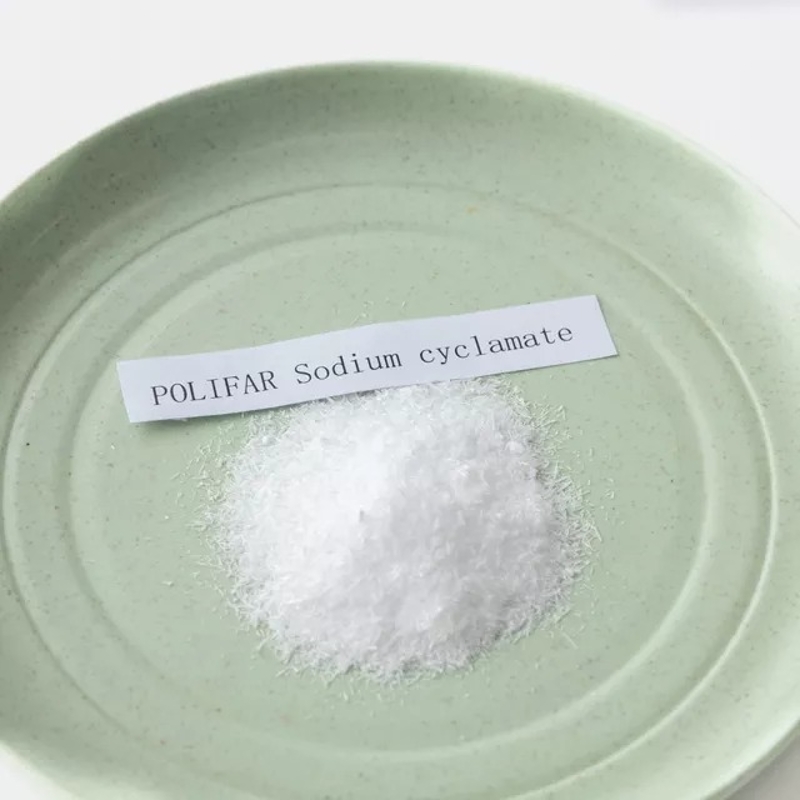-
Categories
-
Pharmaceutical Intermediates
-
Active Pharmaceutical Ingredients
-
Food Additives
- Industrial Coatings
- Agrochemicals
- Dyes and Pigments
- Surfactant
- Flavors and Fragrances
- Chemical Reagents
- Catalyst and Auxiliary
- Natural Products
- Inorganic Chemistry
-
Organic Chemistry
-
Biochemical Engineering
- Analytical Chemistry
- Cosmetic Ingredient
-
Pharmaceutical Intermediates
Promotion
ECHEMI Mall
Wholesale
Weekly Price
Exhibition
News
-
Trade Service
Sustainability is one of the agricultural issues of global concern.
As economic development multiplys global food demand, agriculture will have to meet not only the quantity and quality of food needs of the world's 9 billion people in the future, but also the risks posed by global climate change and environmental degradation of resources, so that sustainable production can ensure that resources such as land are not over-consumed and that agricultural crops are safely produced and supplied steadily.
"sustainability" is now also an important consideration for consumers in all countries when buying soybeans.
The U.S. soybean industry has always made the concept of "sustainable" a top priority and promotes sustainable cultivation and production through a variety of strategies and pathways, responding to the growing demand for safe and sustainable products from buyers and consumers around the world and ensuring a reliable supply of high-quality, sustainablely produced soybeans.
as early as April 1935, the United States passed the Soil Protection Act, which laid the foundation for the sustainable development of the U.S. soybean industry and evolved into a system based on this Act and related laws and regulations on sustainable development.
For decades, U.S. soybean farmers have also adhered to sustainable farming, developing crop-free, no-till, striping, field platforms, grassland water channels and buffer zones to reduce farm water and energy consumption and prevent soil erosion, to achieve ecological, economic and social benefits of unity.
the U.S. soybean industry is ready to face growing global food demand.
the U.S. soybean environment compared to other soybean markets and other major soybean-producing countries? USSEC hired Blonk Consultants of the Netherlands to help us answer this question.
, land-use change (LUC) and the impact of soybeans on livestock and poultry production are the three main factors that make up the carbon footprint.
Blonk Consultants used the Life Cycle Assessment (LCA) to compare 1 kg of soybeans, 1 kg of local commodity soybean meal, and 1 kg of soybean meal produced in soybean-producing countries: Overall, the U.S. has higher soybean yields, less fertilizer use, and efficient machinery.
In 2013, the U.S. Soybean Industry Organization, together with several state soybean foundations and industry partners, developed the U.S. Soybean Sustainable Assurance Program (SSAP) using an independent International Trade Center (ITC) benchmarking tool based on a system of sustainability and soil protection laws and regulations, combining best practices from more than 275,000 U.S. soybean farms as a "big data" background.
with the growing popularity of the concept of sustainability, a growing number of international soybean buyers believe that choosing soybeans produced in a sustainable and environmentally friendly manner is critical to protecting the planet's environment.
SSAP has become an important tool for the U.S. soybean industry to meet customer needs and has been recognized by industry associations and importers, including the European Federation of Feed Producers (FEFAC).
2019/20, SSAP-certified sustainable U.S. soybean exports worldwide were 21.3 million metric tons, or 39 percent of total U.S. soybean exports.
U.S. Soybean Sustainable Assurance Program .pdf A recent study by the U.S. soybean industry, U.S. Soybeans: Global Sustainability Commitments, describes how U.S. soybean farming practices support the United Nations (UN) Sustainable Development Goals (SDGs).
SDGs include 17 goals aimed at eradicating poverty, protecting the planet and ensuring global peace and prosperity by 2030.
agriculture is one of the keys to connecting all 17 goals.
U.S. soybean industry is to blame.
U.S. Soybeans: Global Sustainability Commitment Report Download .pdf This study identifies 15 key environmental, social and economic issues for U.S. soybeans to continue to promote a leading role for the U.S. soybean industry in sustainable agriculture.
, SDG2- Zero Hunger is the primary focus of the U.S. soybean industry.
consumption is an important source of high-quality protein for human beings, while soybean production implements the highly adaptable agricultural practices emphasized in Goal 2: Zero Hunger.
Because of the interconnectedity of these 17 SDGs, efforts to achieve Goal 6: Clean Water and Sanitation, Goal 12: Responsible Consumption and Production, Goal 13: Climate Action, Goal 15: Land Life, and Goal 17: Partnership will be made possible.
, agricultural advances in these five areas have helped to achieve SDG2 (Zero Hunger), America's top soybean priority.
, U.S. soybeans have made considerable progress and will continue to improve practices in achieving the four goals of reducing land-use impacts, reducing soil erosion, improving energy efficiency, and reducing total greenhouse gas emissions.
, we invest in sustainable agricultural research and education to ensure that the industry's sustainable goals are achieved.
as the importance of sustainable development continues to grow in all markets, both developed and developing, many international customers of U.S. soybeans use the SDG framework as a beacon of their global sustainability efforts.
The commitment of U.S. soybean farmers to sustainable agricultural practices, which cover every aspect of soybean farmers' economic growth and supply chain, not only protects valuable environmental resources, but also helps meet today's global demand for soybean products without undermining the ability to meet future needs, enabling high-quality U.S. beans to be passed down from generation to generation.
to learn more about the sustainability of U.S. soybeans can be viewed at this link:







